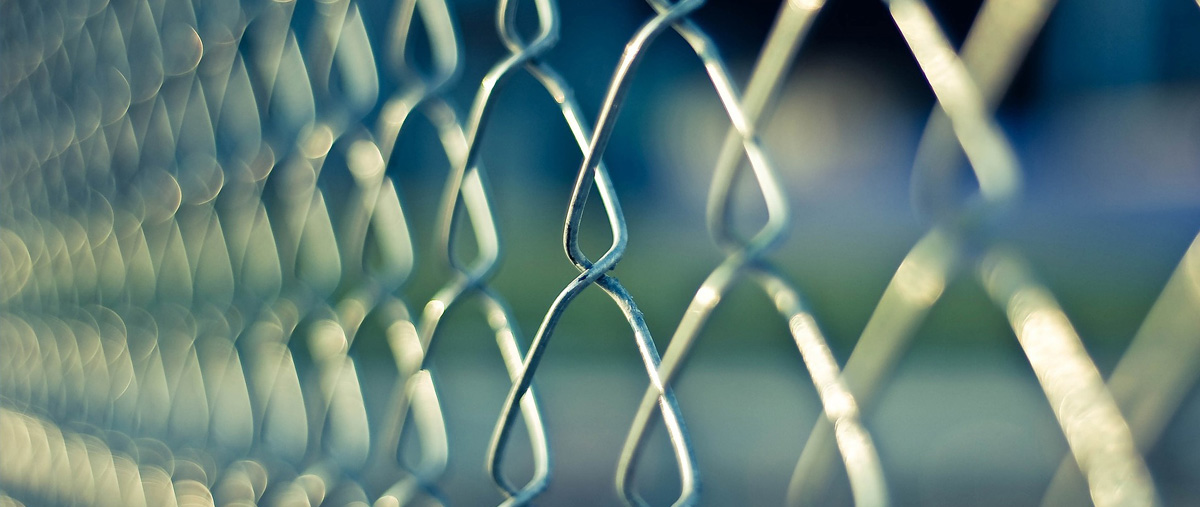Among the all the concerns we discuss with our school customers, the two most distressing topics are child sexual abuse and active killer incidents. As difficult as these subjects are, we put them at the top of our checklist because of the vital importance of doing all we can to protect our kids. Our specialists work closely with school administration and train staff on implementing best practices to keep students safe from both these dangers.
Giving school personnel the knowledge and tools for recognizing signs of child abuse, grooming behaviors by would-be predators and properly supervising students provides a strong deterrent against sexual assaults on campus. Coupling this training with effective policies about maintaining appropriate boundaries for staff-to-student interactions during the school day, for extracurricular activities and off campus. For the facilities, unlocked doors and rooms visible from hallways and the outdoors help protect children from those who seek to harm them.
But what about the measures we recommend protecting students from active killers at school? In this case, doors that lock from the inside of classrooms and rooms that provide an invisible hiding place are means of protection. In the instance of an armed assailant on campus, a teacher could inadvertently wind up alone with a single student in a confined place. In such a life-threatening event, is a staff member really going to think about a boundary policy?
“The key is in using the prevention and deterrence tools to maximize protection and minimize risk under the circumstances. ”
Obviously, the situation needs to be considered when looking at how the best practices and policies seem to conflict. Threat assessment isn’t just looking at any one risk by itself; we need to examine the broad range of threats holistically. The key is in using the prevention and deterrence tools to maximize protection and minimize risk under the circumstances. For example:
- Classroom doors should be kept closed and locked during normal class sessions (when full of students).
- Classroom doors should be left open and unlocked during all other times (recess, lunch, passing periods, before/after school during student-teacher hours, etc.)
- Windows should always be kept unobstructed/uncovered but could be quickly covered by blinds, fire-resistant curtains, quick attaching Velcro or magnetic covers when a lockdown is called.
Our learnings about the school security and safety environment are constantly evolving and needs to be addressed proactively. That means training and empowering key site personnel to conduct on-the-go threat assessments and practice drilling in crisis decision making.


